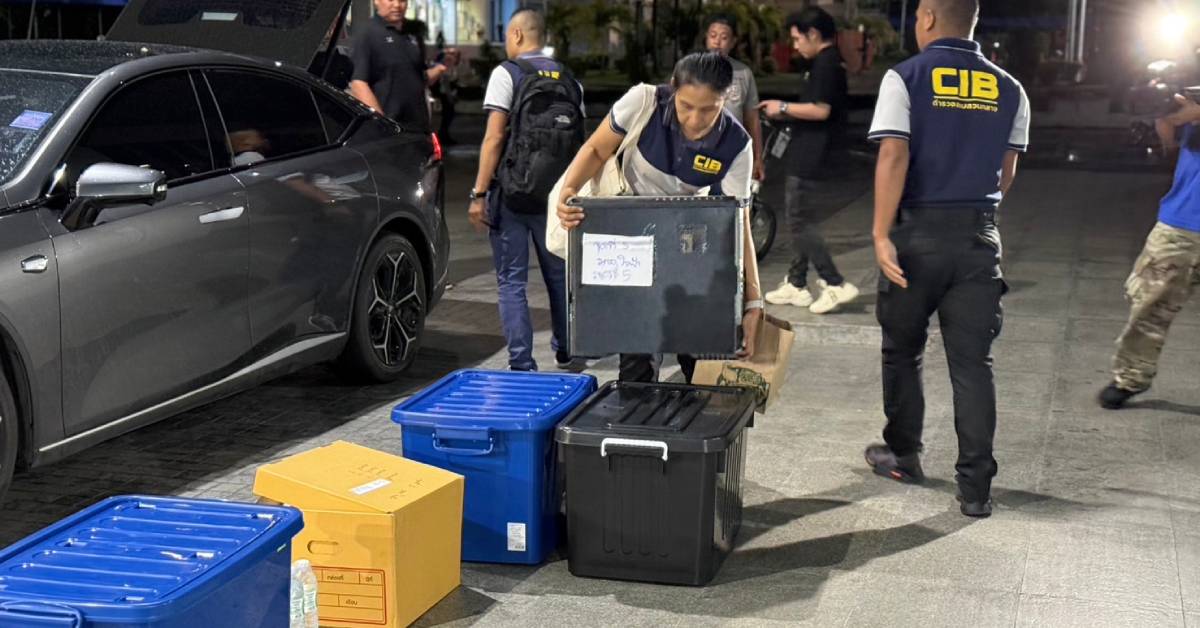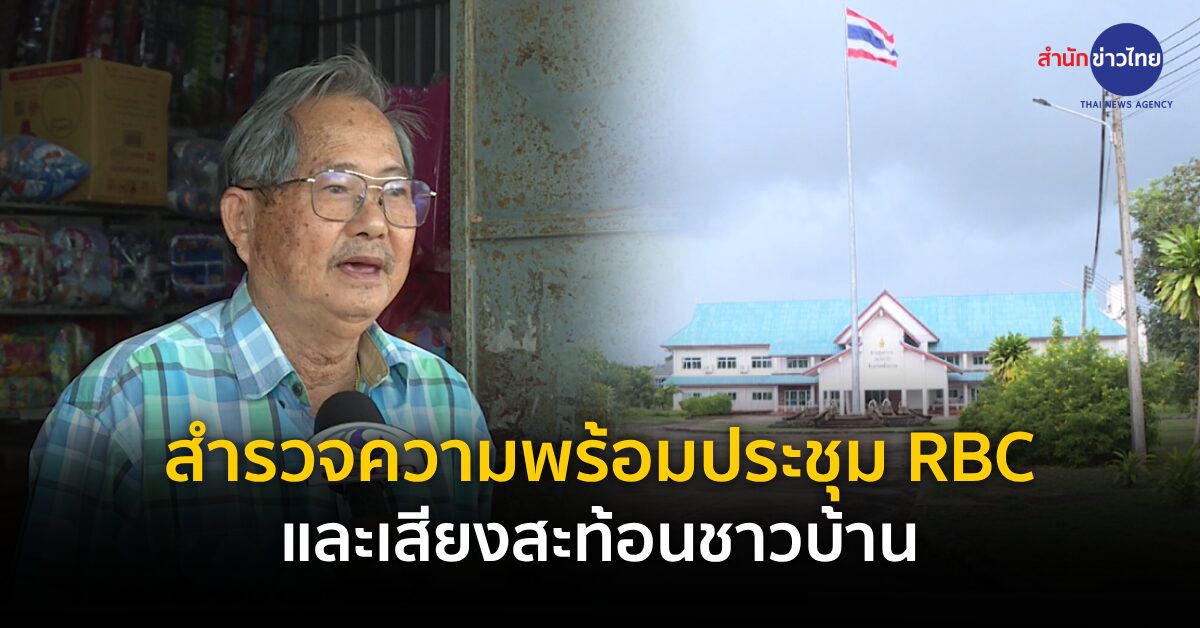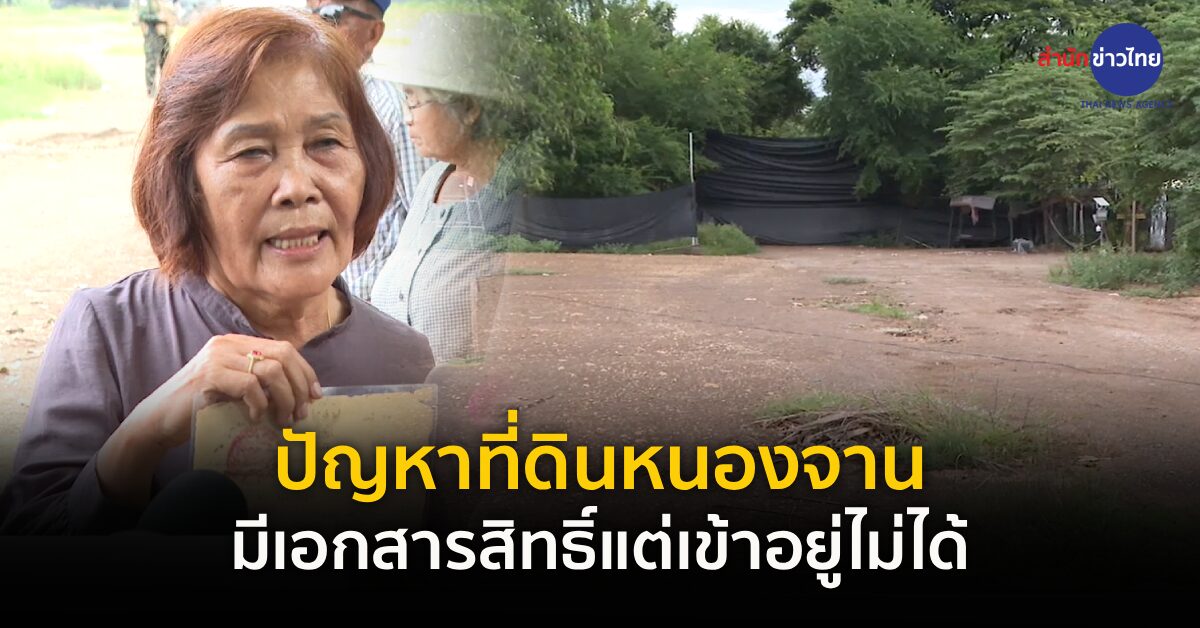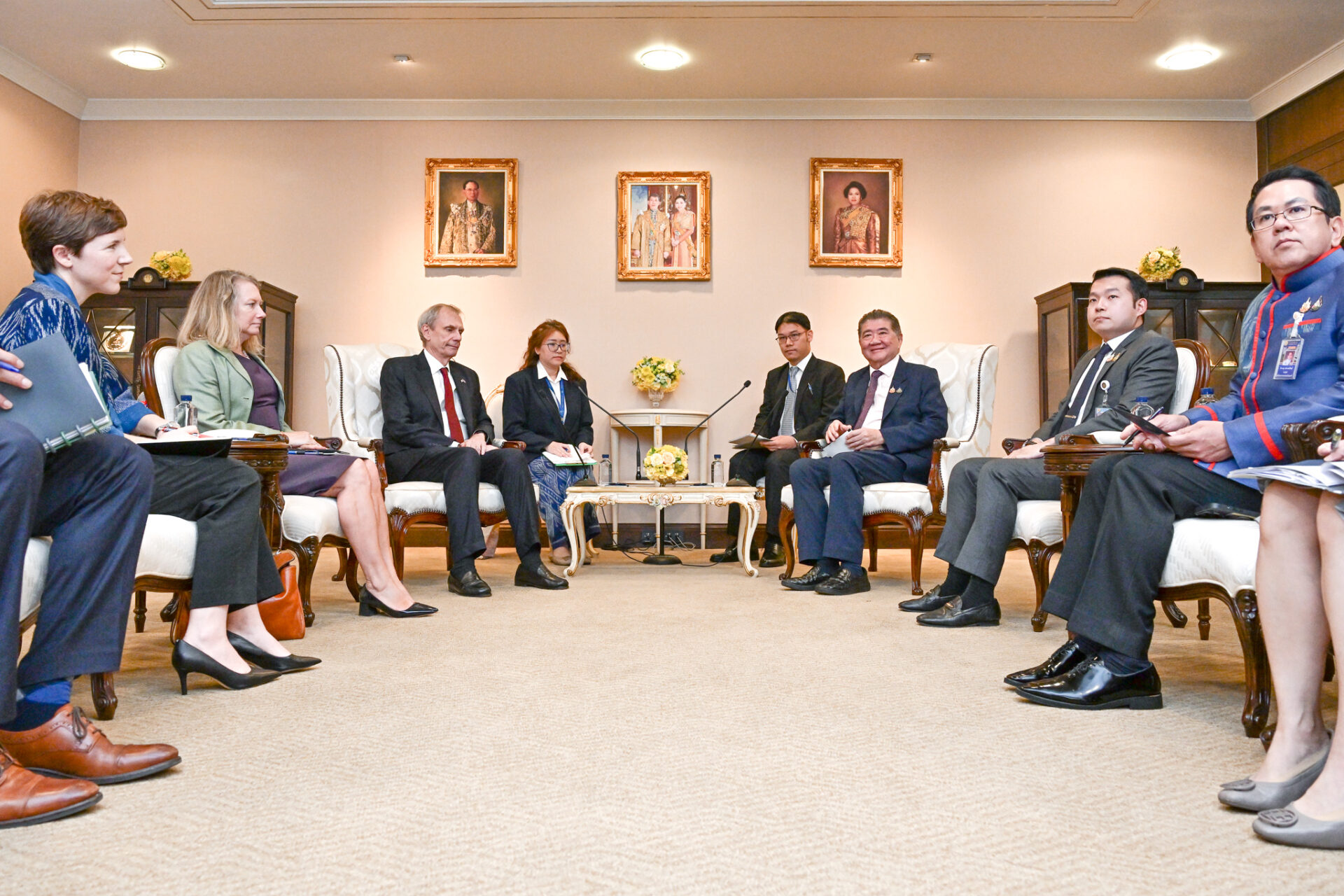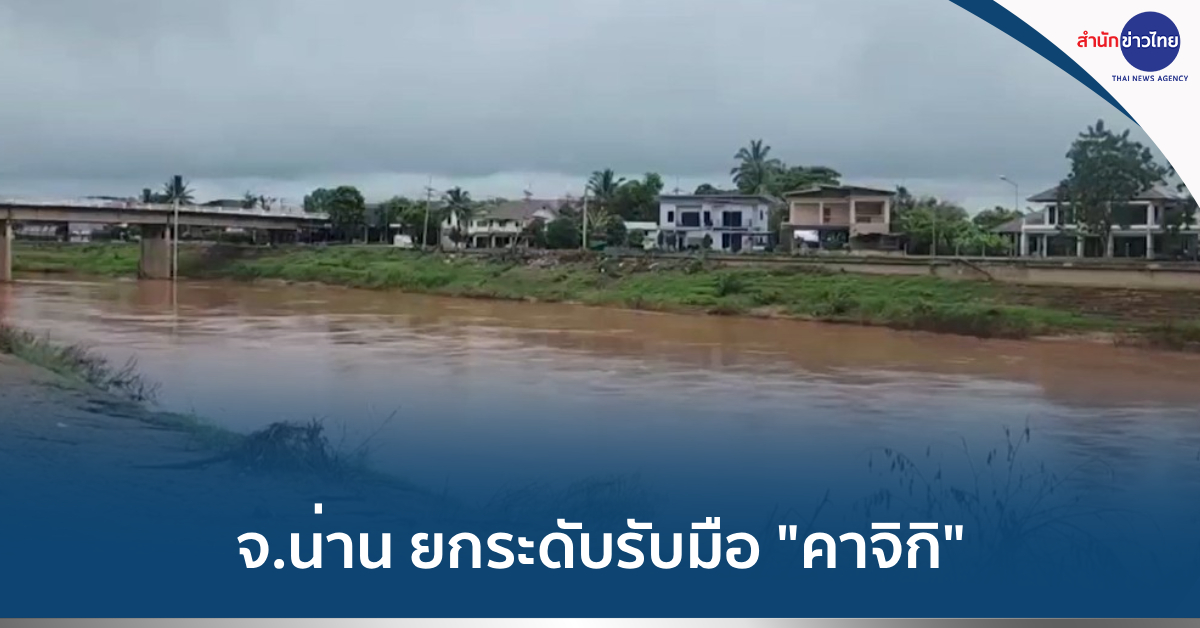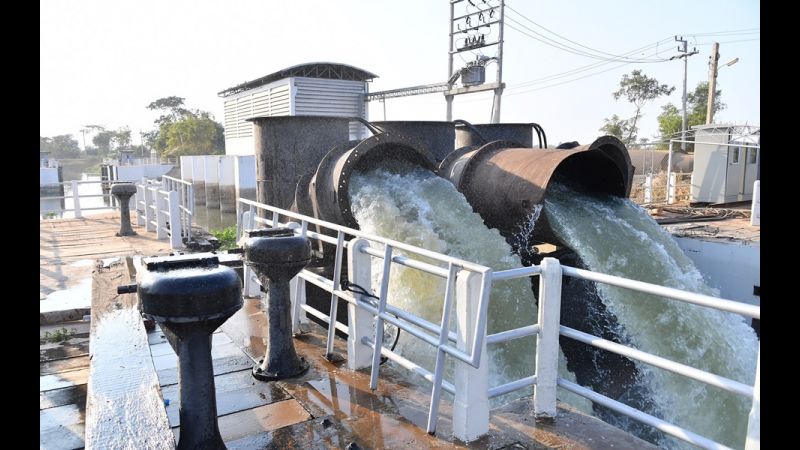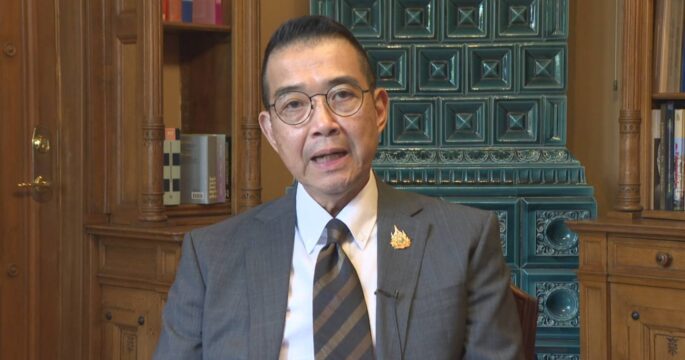BANGKOK, Dec 18 (TNA) – The salinity level of water in some parts of the Chao Phraya River exceeded the standard for tap water production and agricultural use.
The Royal Irrigation Department speeds up preventing salt water intrusion to protect the ecology system in the upcoming dry season.
High tide last week increased the salinity level in the Chao Phraya River, which exceeded the standard near the estuary.
The standard level of salt concentration in water for tap water production must not exceed 0.5 grammes/litre.
The salinity level of the river at the Metropolitan Waterworks Authority stations at Phra Nangklao Bridge and Nonthaburi Pier, about 60 km. from the estuary were measured at 2.66 grammes/litre and 2.75 grammes/ litre respectively. The salinity level at the Sam Saen station reached 4.04 grammes per litre yesterday, down from 9.47 grammes per litre the day before.
The director general of the Royal Irrigation Department, Thongplew Kongchan said to reduce the salinity level in the Chao Phraya River, water from the Mae Klong River was diverted into canal networks to be released into the Chao Phraya River to prevent saline water intrusion from high tide.
The Bang Pakong River in downstream Chachoengsao province was diverted into Bang Kanak canal during low tide, so local residents can use water for consumption.
Singchai Laomonkonchaisri, senior official of the Provincial Waterworks Authority in Ang Thong province said tap water production operates normally at the moment despite decreasing water level in the Chao Phraya River. However, it plans to handle the drought situation by extending water pump pipelines into the river to prepare for a drop in the water level of the Chao Phraya River. (TNA)

